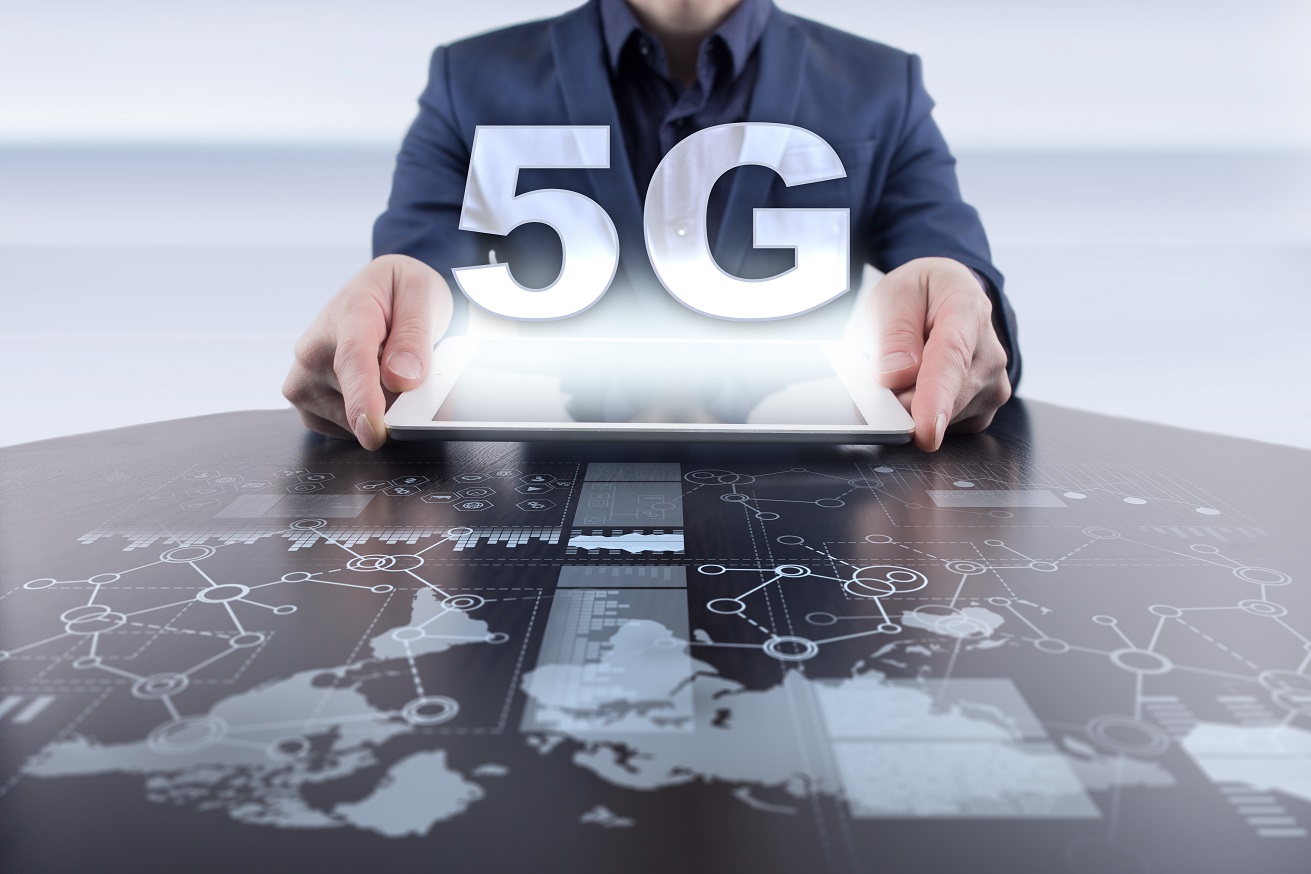
By Aalyia Shaukat, contributing writer
While 5G has been anticipated to arrive by 2020, AT&T recently released plans to launch 5G by the end of 2018 . Earlier this month, AT&T stated a few reasons for the early release of 5G standards in a press release: “Because of that acceleration, 3GPP, the international wireless standards body, completed key elements of 5G New Radio (NR) standards last month. With these specifications now available, hardware, chipset, and device manufacturers can start development. This allows us to provide mobile 5G services sooner. We’re confident [that] this latest standards milestone will allow us to bring 5G to market faster without compromising its long-term vision.”
While it does build up a case for the universal acceleration of 5G rollouts, it does not necessarily address the particular edge that AT&T has over other major telecommunications companies. Later in the press release, the company boasts a competitive advantage with the early developments of keystone technologies such as LTE licensed assisted access (LTE-LAA), 5G evolution, and fixed 5G radio links. All of these technologies provide a stepping stone for a truer 5G network showing some major progress on the next-generation roadmap.
LTE-LAA leverages unlicensed bands for more spectrum space and to ultimately support higher traffic and throughputs. Although much of the focus in 5G has been targeting the development of millimeter-wave technologies, the dynamic utilization of the sub-6-GHz bands has shown to support gigabit throughputs with as little as 20 MHz of licensed spectrum; pushing LTE capabilities toward 5G.
The fixed 5G networks in Austin, Waco, Kalamazoo, and South Bend leverage millimeter-wave (MMW) technology for data rates up to 1 Gbps with under 10 ms of latency using Ericsson’s 5G RAN and the Intel 5G Mobile Trial Platform. The fixed radio link has been proven to support 4K video streaming via DIRECTV NOW. Fixed MMW radio links seem to be what is currently available because MMW links generally have a higher path loss and are susceptible to blockages; therefore, line-of-sight (LOS) links are generally used. Still, methods are currently being researched that exploit the scattered/reflected multipath components of a MMW transmission to generate a link — showing potential for mobile MMW transmission.
The real foundation for true 5G seems to be in the 5G evolution technology, which is essentially a network upgrade in 23 cities across the U.S. where additional cell sites, as well as FDD-LTE small cells, are installed along with upgrades to current cell towers and distributed antenna systems (DASes) (e.g., more antennas). Gigabit data rates and low latencies are achieved through the LTE advanced (LTE-A) upgrade with features such as 256 QAM, 4×4 MIMO, and three-way carrier aggregation.
While AT&T believes that it will be the first to launch 5G, major mobile carriers have already made similar steps toward evolving their current networks. For instance, Verizon may be leading the way in small cell deployments with 13,000 already installed, while AT&T failed to live up to its goal of 40,000 small cells by the end of 2015. AT&T later took up the position that small cells would be installed based on the capacity of the network . T-mobile has already been using LTE-A to bolster its current mobile infrastructure. Verizon’s CTO also expressed that it would be the first to launch 5G at CES 2018. In any case, the race ultimately benefits the consumer with higher throughput and low-latency transmissions.
Advertisement
Learn more about Electronic Products Magazine





